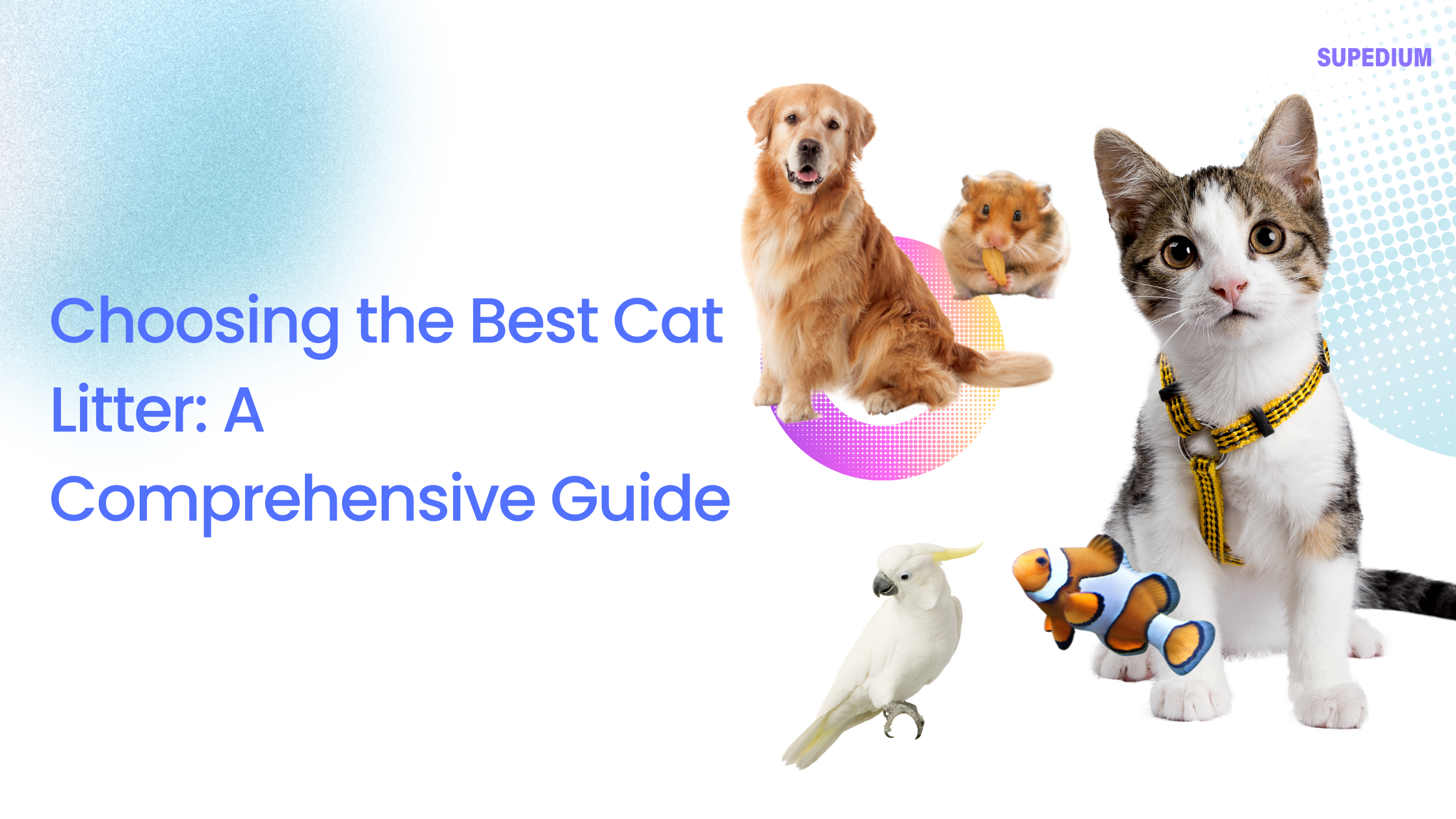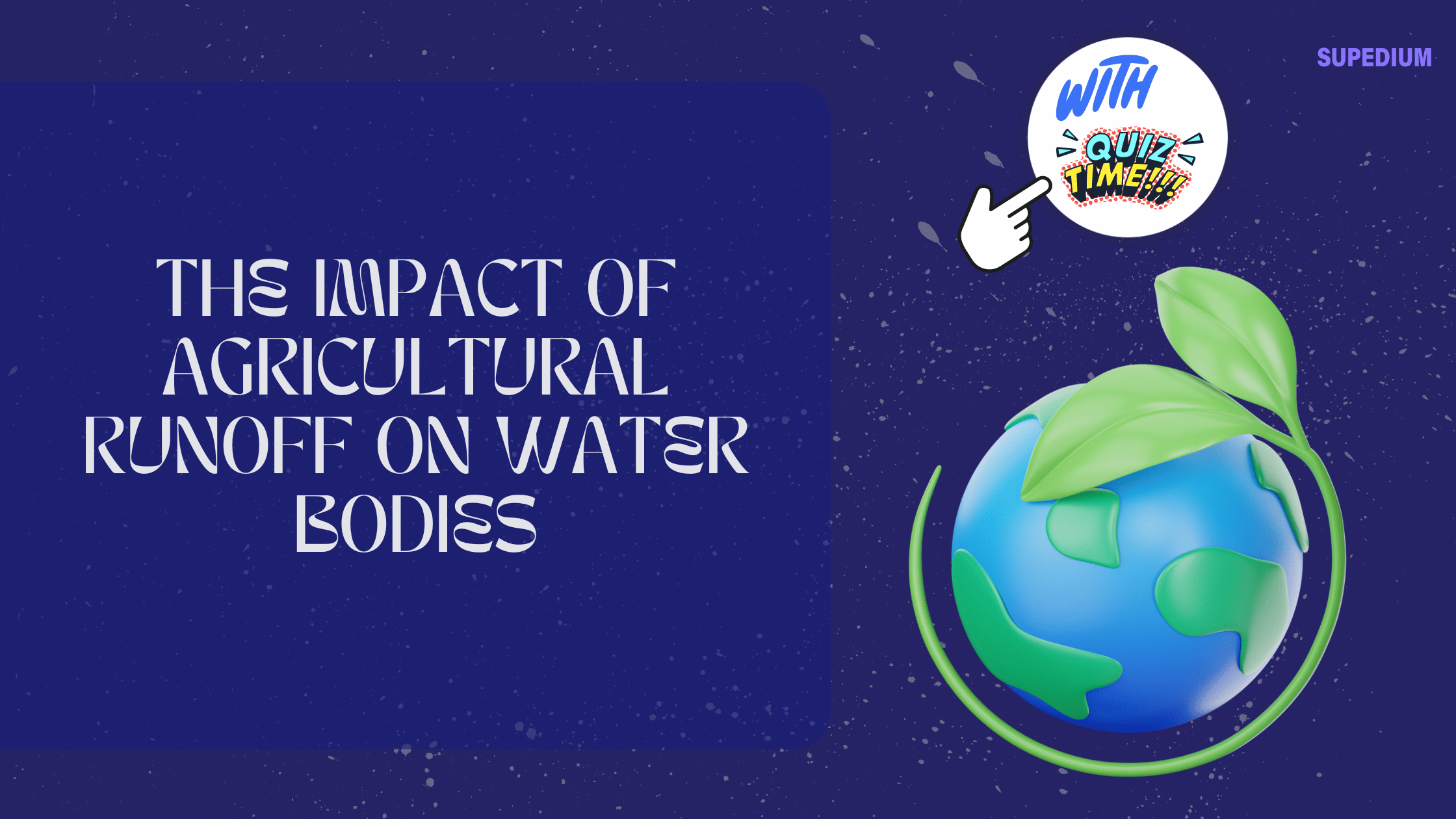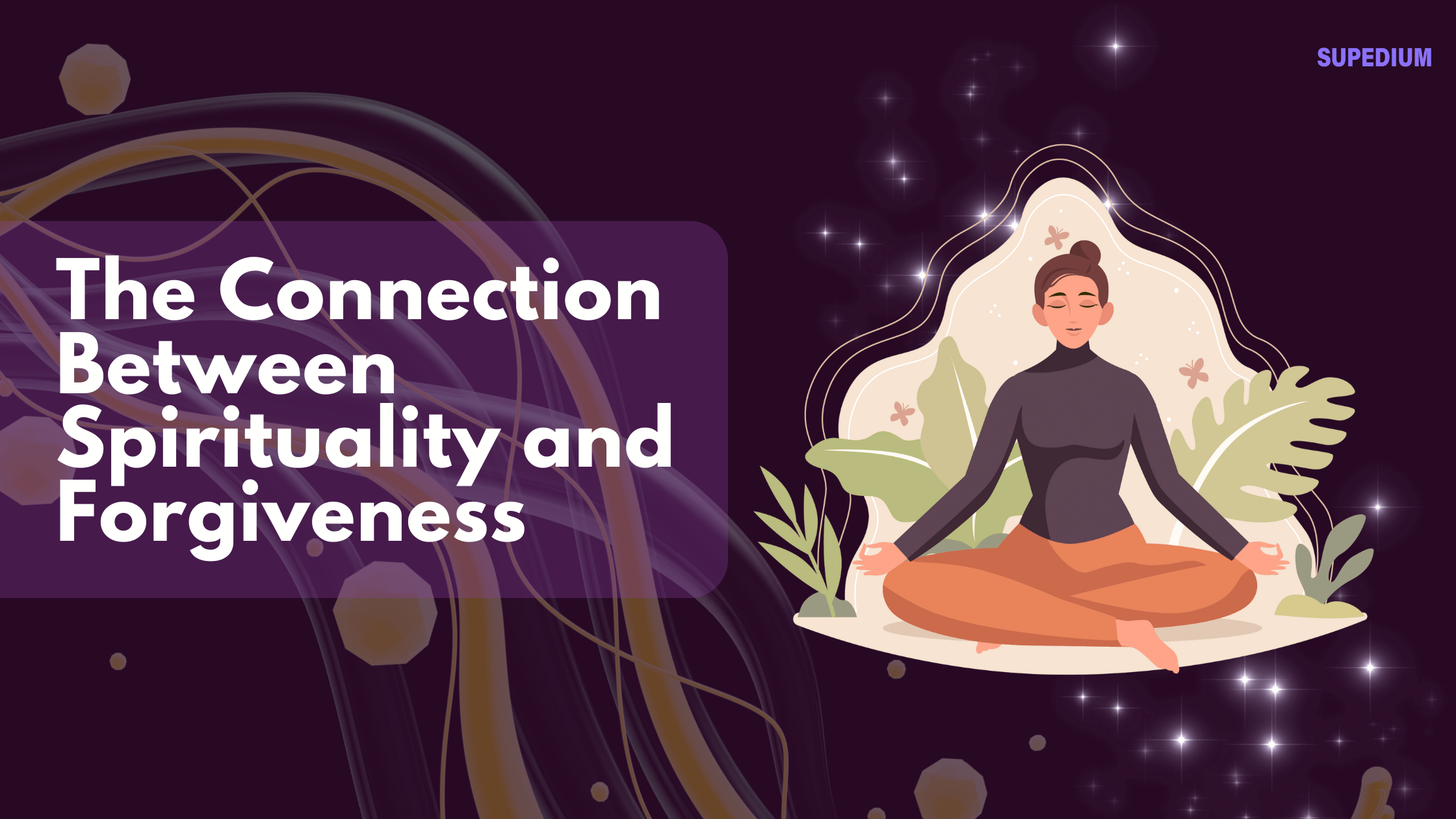Table of Contents
![]()
Selecting the right cat litter is a crucial aspect of responsible cat ownership. It not only ensures your feline friend’s comfort and hygiene but also contributes to maintaining a clean, odor-free home. With so many options available in the market, it can be overwhelming to choose the best cat litter. In this comprehensive guide, we’ll explore the various factors to consider when selecting the perfect litter for your cat.
Types of Cat Litter
The two main types of cat litter are clumping and non-clumping. Clumping litter forms solid clumps when it comes into contact with urine, making it easier to scoop out waste. Non-clumping litter, on the other hand, absorbs moisture but doesn’t form clumps, requiring more frequent full changes.
In terms of materials, cat litters can be made from clay, biodegradable sources like corn or wheat, or silica gel crystals. Clay litter is the most common and affordable option, while biodegradable litters are eco-friendly and silica gel litters are effective at odor control.
Factors to Consider
When choosing the best cat litter, there are several important factors to keep in mind:
Texture
Cats have a strong preference for fine-grained, soft textures that mimic natural soil or sand. Most experts recommend unscented, clumping clay litter with a sandy texture as the top choice for most cats.
Odor Control
Effective odor control is crucial for maintaining a pleasant living environment. Look for litters that use natural odor-neutralizing agents like activated charcoal or enzymes, or opt for mildly scented litters that mask unpleasant smells without overwhelming your cat’s sensitive nose.
Dust and Allergens
Dust can be a major irritant for both cats and humans, especially those with respiratory sensitivities. Choose low-dust or dust-free litters to minimize the risk of allergic reactions and keep your home cleaner.
Ease of Use
Consider how often you’re willing to scoop and change the litter box. Clumping litters make scooping easier, while non-clumping litters may require more frequent full changes. Silica gel litters can last longer between changes.
Practical Tips
- Test different litters by setting up multiple boxes with various options to observe your cat’s preferences.
- Monitor your cat’s behavior for signs of discomfort or avoidance, which may indicate an unsuitable litter.
- Consult with your veterinarian if you have concerns about litter ingestion, especially for kittens.
- Never flush cat litter down the toilet, as it can clog pipes and septic systems.
Conclusion
Choosing the best cat litter is a personal decision that takes into account your cat’s preferences, your own needs, and the unique characteristics of each litter type. By considering factors like texture, odor control, dust, and ease of use, you can find the perfect litter that keeps your cat happy and your home clean. Remember to experiment with different options and prioritize your cat’s comfort and health when making your choice.
Share This





Be the first to comment